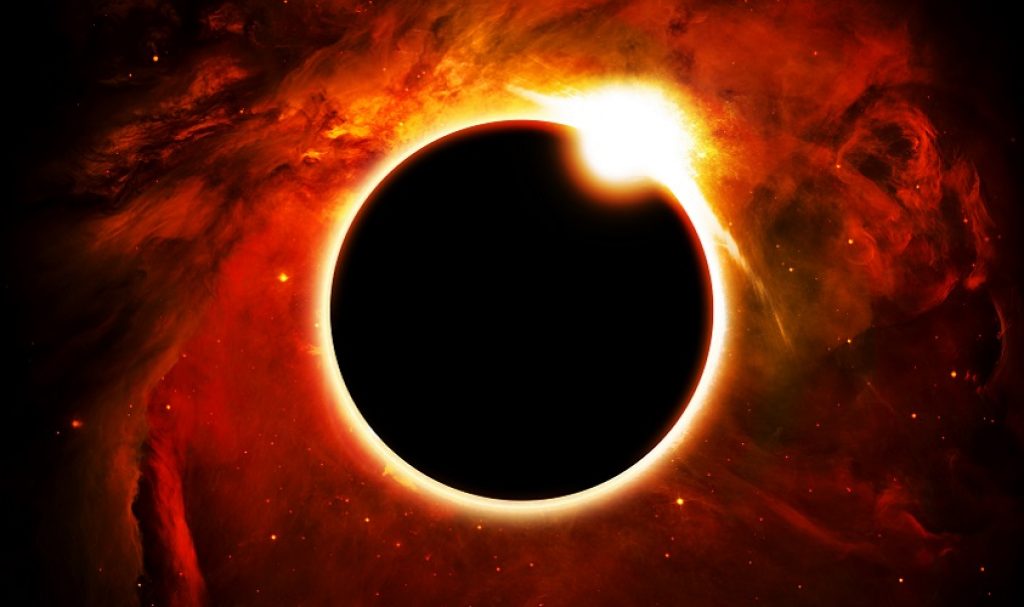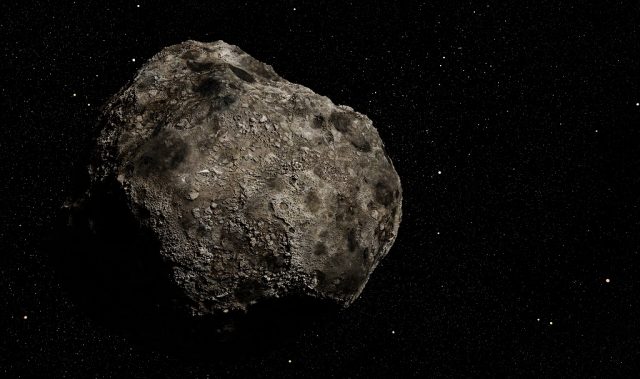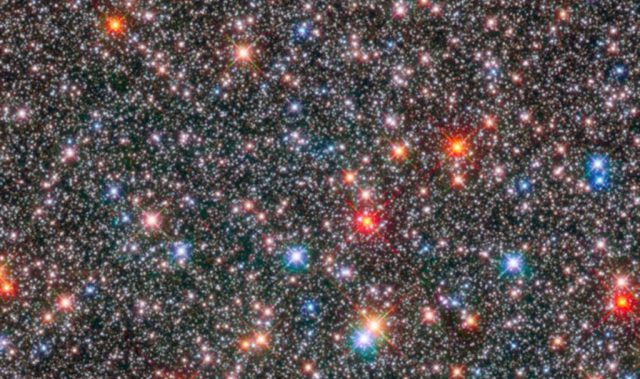
AsianScientist (Sept. 8, 2017) – At the time of maximum eclipse on 21 August 2017, most of us in Asia were probably sound asleep. I know I was. The morning after, however, I woke up to find that my usual Facebook digest of science articles and cat videos had been eclipsed by news about the eclipse.
A significant portion of this news seemed to revolve around people who, despite repeated warnings by experts not to look directly at the sun, defiantly went ahead and had a stare-down with the celestial body anyway. In fact, the day after the eclipse, there was a worrying spike in the number of people Googling the search terms ‘my eyes hurt’ and ‘am I blind’.
Thankfully, not every post on my newsfeed was about ignorance. There were some #throwbacks to 10 March 2017 when Singapore was treated to her own partial solar eclipse, and every now and then I would come across geek resources such as this which allowed me to mark down on my calendar when the next lunar or solar eclipse would occur over Asia.
Then there were the pictures of the eclipse which were hauntingly beautiful—the moon momentarily silhouetted by the sun and rimmed by light. According to a friend in the US, it was like a scene out of that decade-old TV series Heroes, just without the superpowers left in its wake. For all of two minutes and forty seconds, the sun, by ceding its brilliance to the moon, claimed the title of ‘Star’ in the metaphorical sense of the word.
Given the buzz surrounding the eclipse in August, I thought I’d dedicate this month’s column to four cool things I’ve learnt about the eclipse (and eclipses in general).
- That is one great photobomb
- Regular sunglasses don’t make the grade
- Anomalous animal behavior
- Look out for ‘shadow snakes’
Or, you could read that subtitle as, ‘That ISS, one great photobomb’, which was what really happened when the International Space Station (ISS) was caught drifting in front of the sun just as the moon rolled in for its wefie. Taken from Banner, Wyoming, by NASA photographer Joel Kowsky, the pictures show a minuscule ISS against the deep orange of the sun during its occultation (yes, that is a legitimate term to describe an eclipse) by the moon.
Use protection. That was the advice that NASA had for everyone who wanted to sneak a peek at the sun during the eclipse. But are those flimsy solar eclipse glasses any better than my regular sunglasses? Turns out, they are.
Your typical sunglasses have darkened lenses that allow about ten to 20 percent of visible light through. In comparison, solar eclipse glasses are approximately 100,000 times darker and allow just 0.003% of visible light through.
The rhythm of day and night serves as an essential cue for living organisms to calibrate their activities and behaviors. So, what happens when an eclipse throws off that regularity that we have come to be so familiar with? For humans who anticipated the eclipse, most of us aren’t fooled by the momentary darkness that shrouds the land. For animals, however, their schedules could really go out of whack.
An article by National Geographic highlighted how birds have been known to suddenly stop singing at the peak of the eclipse (known as totality), while bats have been known to burst forth from their caves to hunt, only to realize moments later that they were flying in broad daylight.
Many of these reports are anecdotal, so if you feel inclined to help gather detailed evidence of anomalous animal behavior during eclipses, there’s an app for that on this website.
Before this eclipse, I’d never even heard of the term ‘shadow snakes,’ but it turns out people have been recording this unusual phenomenon since the 9th Century C.E, according to NASA. Moments before and after a total eclipse, bands of flickering shadows appear and can be seen wriggling across plain-colored surfaces where they are most noticeable.
This really piqued my interest and I browsed YouTube to find the best video of these ‘shadow snakes’ in action. I also found a tutorial at this link on how best to capture your own video of shadow bands for the next eclipse, which I’ve bookmarked for future reference.
So I hope this primer on eclipses allows you to plan for the next time an eclipse occurs over Asia. You’ll not only be better prepared to observe certain unique phenomena, but you could contribute to science at the same time.
This article is from a monthly column called Hacking a PhD. Click here to see the other articles in this series.
———
Copyright: Asian Scientist Magazine; Photo: Shutterstock.
Disclaimer: This article does not necessarily reflect the views of AsianScientist or its staff.













